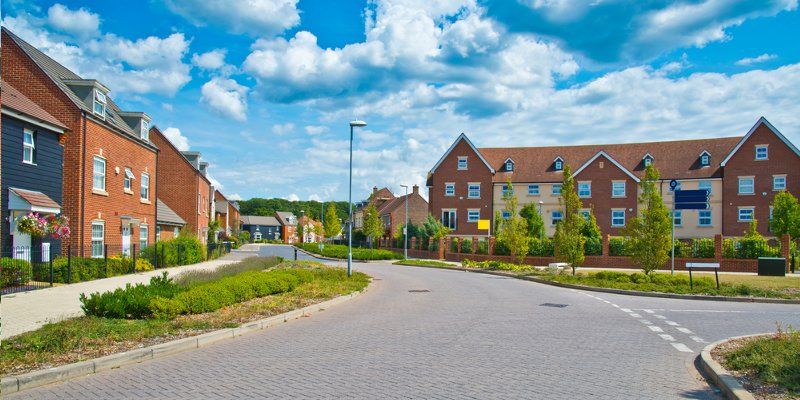Over the past three years there has been a general slowdown in UK house price growth, driven mainly by a slowdown in the south and east of England.

Average house prices have increased by 1.4% in the year to April 2019, down from 1.6% in March, the ONS House Price Index has found.
Over the past three years there has been a general slowdown in UK house price growth, driven mainly by a slowdown in the south and east of England.
John Goodall, chief executive and co-founder of buy-to-let specialist Landbay, said:“We are seeing a traditional summer slowdown in house price growth, mirroring the slow start to the year. The north-south divide continues to widen as growth stagnates in the south, especially in London.
“The hot topic of the moment is the Conservative leadership race, and it is absolutely crucial that contenders for the top job are considering the housing marketwhilst finalising policies and a potential cabinet.
“Both in the run-up to the Brexit deadline and beyond, the government must acknowledge the opportunities and challenges that lie ahead; the private rental sector is more important than ever, but uncertainty looms.
“Landlords should keep a close eye on the ever-changing political landscape if they hope to maximise their yields throughout the year ahead.”
The lowest annual growth was in London, where prices fell by 1.2% over the year to April 2019, up from a fall of 2.5% in March 2019. The average UK house price was £229,000 in April.
This is £3,000 higher than the same period a year ago (April 2018). On a non-seasonally adjusted basis, average house prices in the UK increased by 0.7% between March and April compared with a rise of 1.0% in average prices during the same period a year earlier (March 2018 and April 2018).
House price growth in Wales increased by 6.7% in the year to April 2019, up from 3.9% in March 2019, with the average house price at £164,000.
This strengthening in the annual growth rate for Wales is due to both strong growth between March and April 2019 (2.4%) and falling prices (0.3%) between March and April 2018.
Northern Ireland house prices increased by 3.5% over the year to Q1 (January to March) 2019. Northern Ireland remains the cheapest UK country to purchase a property in, with the average house price at £135,000.
Jonathan Hopper, managing director ofGarrington Property Finders, added: “After spending the run up to what was due to be Brexit Day in low gear, the property market struggled to find the gas pedal in April - with the national picture being dragged down by sharp price falls in London and the South East.
“Modest though this year’s Spring bounce is, the stagnation of the first quarter has been replaced by a cautious equilibrium. Sellers are being coaxed back to the market by the gradual return of stable demand, and activity levels are brisk.
“However, in price terms the picture is as polarised as ever. For London sellers there is only respite, not recovery.
“While the pace of price falls has halved from the tear-inducing drop seen in the 12 months to March, this latest 1.2% fall suggests the capital’s correction is still underway. The result has been to trigger interest from pragmatic buyers who see value in the capital improving by the month.
“Elsewhere the market remains finely balanced, with good homes selling fast and five English regions clocking annual price rises of 2% or more.
“Such solid price progress would be an achievement in any context, but against the current economic backdrop it’s a testament to the resilience of buyer demand and the scarcity of supply.”
“The Brexit hiatus may be temporary, but for now it has been enough to nudge increasing numbers of value-conscious buyers to get off the fence and strike.”



